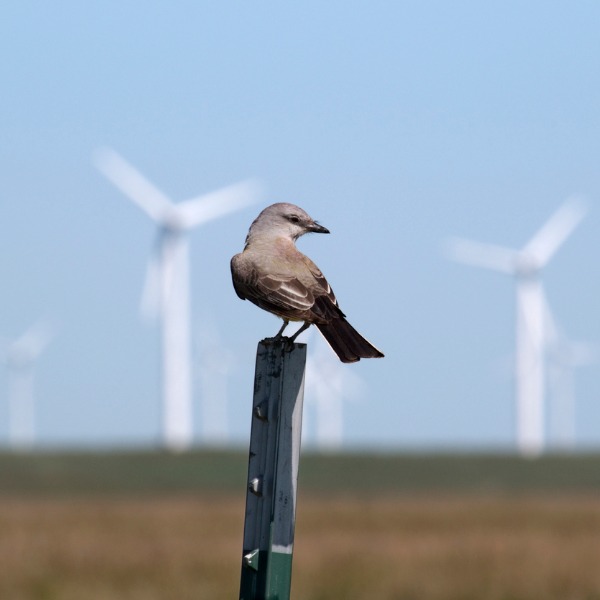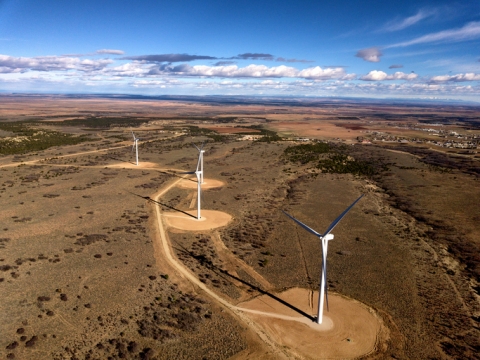How do Wind Farms Affect Birds and Bats?

Bird near a wind farm (milehightraveler, iStockphoto)

Bird near a wind farm (milehightraveler, iStockphoto)
6.53
How does this align with my curriculum?
Curriculum Alignment
PE
6
Integrated Curriculum Grade 6: Science (Draft 2023)
DK 1.1: Living things depend on each other to help keep our planet in balance.
PE
6
Integrated Curriculum Grade 6: Science (Draft 2023)
DK 1.1: Examine the diversity and organization of living things on Earth and ways to maintain balance on our planet.
BC
7
Science Grade 7 (June 2016)
Big Idea: The electromagnetic force produces both electricity and magnetism.
YT
7
Science Grade 7 (British Columbia, June 2016)
Big Idea: The electromagnetic force produces both electricity and magnetism.
